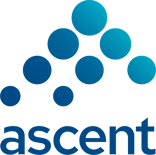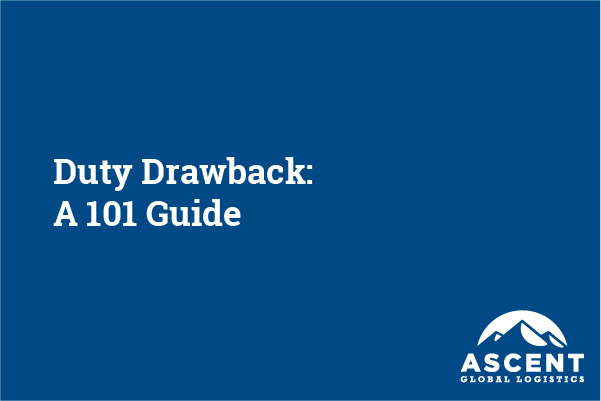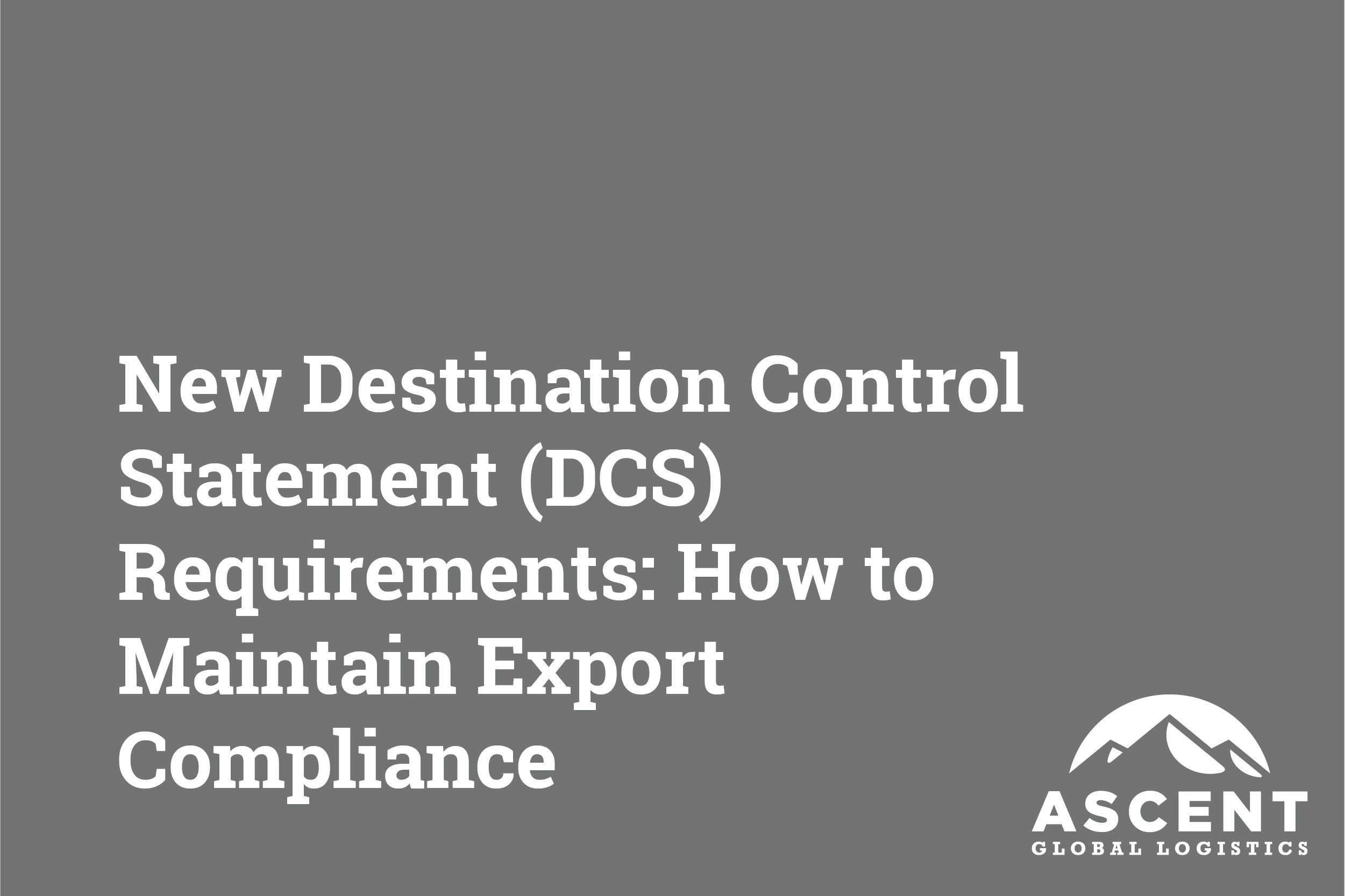The Trade Facilitation and Trade Enforcement Act of 2015 (TFTEA) is an authorization of CBP’s trade authority and was enforced to create an environment for fair, honest and competitive trade in the United States. Section 906 of TFTEA made a comprehensive set of changes to drawback claim filing. Even though TFTEA was only signed into law in 2016, it is necessary to know these recent changes since it greatly effects the drawback application process.
How to Navigate TFTEA and NAFTA Regulations During the Duty Drawback Process
Topics: Export, Import, Tariffs, Trade, International
Duty drawback is a Customs and Border Protection (CBP) program where companies are refunded up to 99% of customs duties, taxes and/or fees that were previously levied upon imported merchandise, and of internal revenue taxes paid on domestic alcohol as well as other excise taxes. Duty drawback, however, is one of the most complicated commercial programs managed by CBP. Thus, it is important to have a clear understanding of all facets of how the program works and develop a relationship with a reputable drawback broker, who can help you navigate the rules and international laws.
The team at Ascent Global Logistics is ready to help you work through these complexities by determining if your situation qualifies for the Drawback Program.
Topics: Export, Import, Tariffs, Trade, International
New Destination Control Statement (DCS) Requirements: How to Maintain Export Compliance
A final rule was recently published in the Federal Register, impacting all ITAR (International Traffic in Arms Regulations) and all BIS (Bureau of Industry and Security) controlled exports. Effective November 15, 2016, all ITAR or BIS controlled exports will be required to list a revised Destination Control Statement (DCS) on the commercial invoice.
Topics: Export, International



